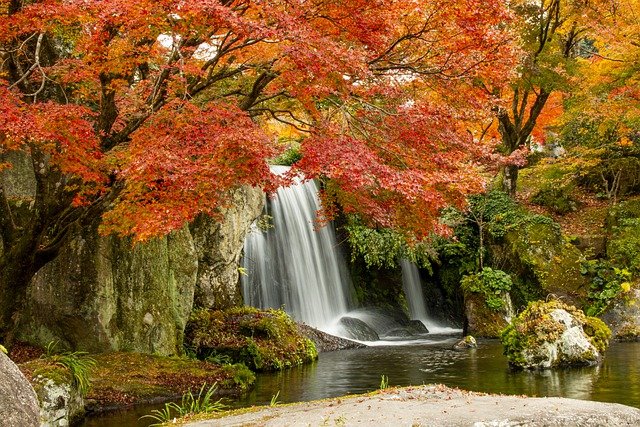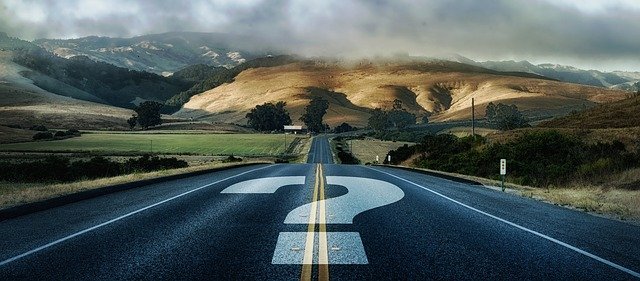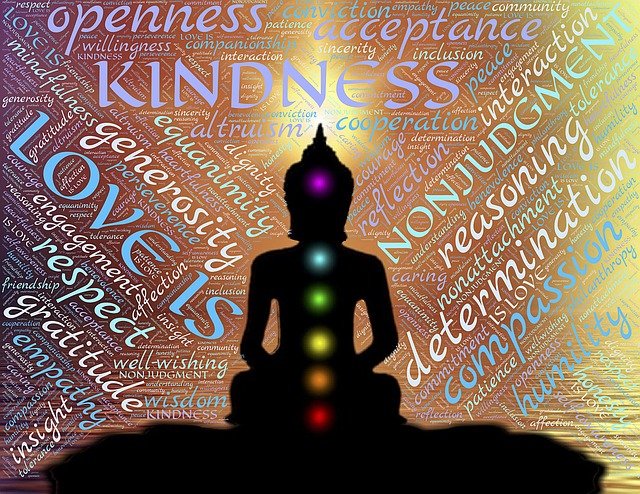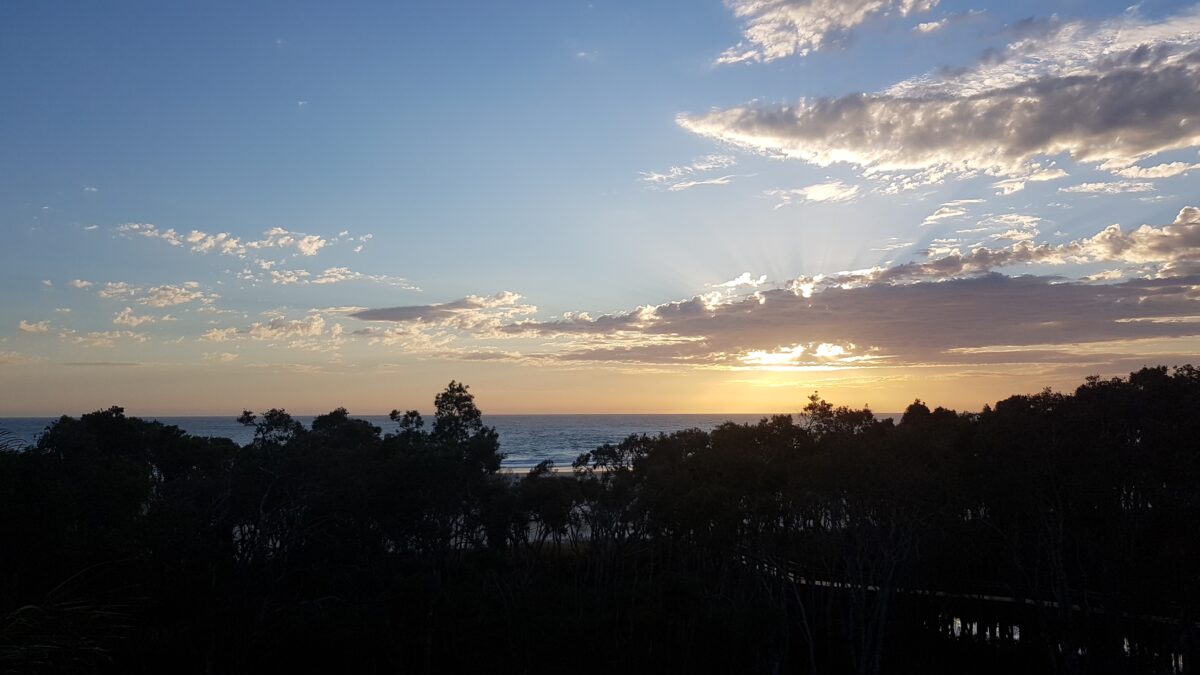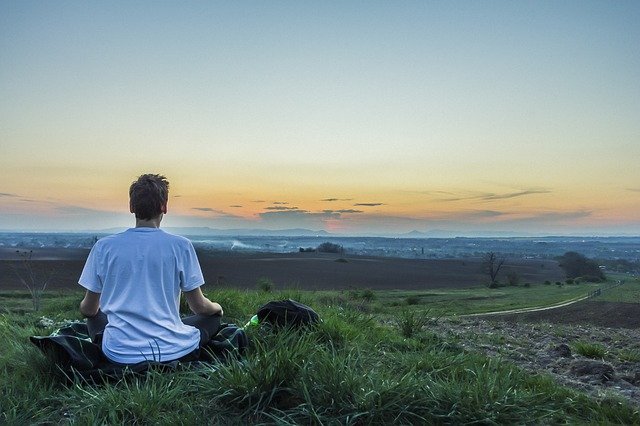Diana Winston, Director of Mindfulness Education at the Mindful Awareness Research Center (MARC) UCLA offered a guided meditation podcast integrating gratitude and loving kindness. Her guided meditation, Extending Loving Kindness & Gratitude Practice, is designed to use the energy and warmth of gratitude practice to extend our loving kindness beyond ourselves to others in our life to whom we are truly grateful.
Diana’s meditation is one of the weekly meditation podcasts offered by MARC with a view to helping participants grow in self-awareness, develop emotion regulation and attain an overall sense of wellbeing and ease. The approach of the MARC meditations is to enable us to focus fully on “present moment experience” while adopting an open and curious perspective and accepting “what is”.
Guided meditation incorporating gratitude and loving kindness
At the outset, Diana encourages us to adopt a comfortable position, whether sitting on a chair, lying down or adopting a cross-legged siting posture. She makes the valid point that is difficult to extend loving kindness to others when we are not physically comfortable. She suggests that we begin with a few deep breaths to ease some of the tension in our bodies and to ground us in the moment. Associated with this is the encouragement to be with what is – to acknowledge and accept our mental state, our feelings of reluctance or enthusiasm for the meditation or our agitation about something external to the present moment.
The anchor for this meditation is initially focusing on something that we are really grateful for – whatever that might be in the physical, intellectual, emotional, relational or financial realms of our lives. Because so many of my friends and family lack physical mobility at the moment (owing to illness and/or aging), I focused with gratitude and appreciation on my ability to walk, run on a tennis court, and play tennis well. I began to appreciate that I had been coached in tennis very well at an early age and that I now had a range of tennis strokes and strategies that I can use to really enjoy my social tennis. I thought of how much playing tennis had become a positive, grounding part of my life through fixtures, competitions and social tennis groups (both intimate and broad).
The next phase of the meditation focuses on someone in our life we really appreciate – a partner, child, friend, colleague, mentor or anyone else who is a positive influence in our life and a source of joy. I focused on my life partner of forty years and expressed appreciation for her sustained love, kindness and warmth; her intellectual and problem-solving capacity; her generosity towards others in need; her courage and resilience in the face of difficult situations; her willingness and ability to listen for understanding; and her desire and ability to be a very strong support for our two adult children.
Diana encourages us to allow the feelings of gratitude to flow through our body – to capture the embodiment of our appreciation in the moment. These feelings can then energise our desire to express loving kindness towards our chosen person. The loving kindness can be expressed in many ways but often includes a desire for the person to be protected and to be safe from harm of all kinds (both internal and external); to realise a state of happiness and contentment; to achieve improved physical and mental health; and to experience a deep and abiding send of ease (a rare occurrence in these challenging times).
As we extend loving kindness to the person we have been focusing on, we can begin to imagine this loving kindness being reciprocated – we can envisage ourselves as the recipient of loving kindness being extending to us. We might mentally revisit a recent experience where the person has shown love and warmth towards us (e.g. by placing their arms around us, holding hands or offering a hug of appreciation or empathy). Again ,we can focus on our embodiment of these reciprocated feelings – how do they make us feel in our body in the present moment? What is that the other person sees in us and what else should we be grateful for?
Diana asks us to think of another person to whom we are grateful and begin to identify what it is about them that we are grateful for. It may be that they nurtured us in a time of challenge, came to our rescue when we were in need, or became the person to offer “a shoulder to cry on” when we were suffering and/or experiencing grief. At this stage of the meditation, I thought of my colleague of 15 years. I expressed appreciation for her wisdom and calmness; her flexibility and understanding; her courage and willingness to meet challenges head on; her work ethic and persistence; her active commitment to fairness and equity; her genuine care and concern for our clients; and her kindness and generosity to anyone in need (often at great personal expense).
The reflection made me realise how lucky I am to have such a colleague and to know that in any situation we encounter I can rely on her for her considered and apt response. Diana suggests that after this experience of appreciation and gratitude, we again express loving kindness towards them in our own words as befit the individual involved.
The final stage of this guided meditation is to focus on people who might be suffering – experiencing chronic illness or fatigue, addiction, the COVID19 virus, or the extreme challenges of war/refugee experience. We can extend loving kindness to our chosen group of people – wishing that their suffering be alleviated; that amidst the pain they can have moments of peace; that they are able to meet their challenges with acceptance, resilience and courage; and that they are eventually free from their suffering so that they can experience wellness and ease.
Reflection
There will be times when we cannot feel loving kindness – particularly to those who have hurt us or whose words and actions are continually challenging. In these situations, instead of indulging in self-denigrating thoughts and feelings, we can extend loving kindness to ourselves.
We can also explore an internal form of compassionate curiosity – whereby we envisage what traumas a person with an addiction has experienced in their lives and what might be the messages they are giving themselves about their “worth”. Gabor Maté explains this approach in his book, In the Realm of Hungry Ghosts: Close Encounters with Addiction.
As we grow in mindfulness, through gratitude and loving kindness mediation, we can begin to appreciate the many people and things we take for granted in our lives, grow in kindness towards others and ourself, and move beyond a self-referential and self-centred world to engage in compassionate action. Loving kindness meditation helps us to appreciate what is good in others as well as in ourselves.
_________________________________
Image by John Hain from Pixabay
By Ron Passfield – Copyright (Creative Commons license, Attribution–Non Commercial–No Derivatives)
Disclosure: If you purchase a product through this site, I may earn a commission which will help to pay for the site, the associated Meetup group, and the resources to support the blog.

